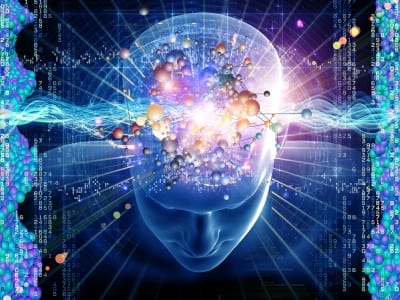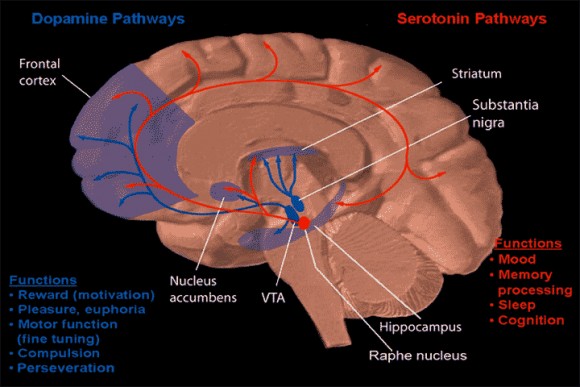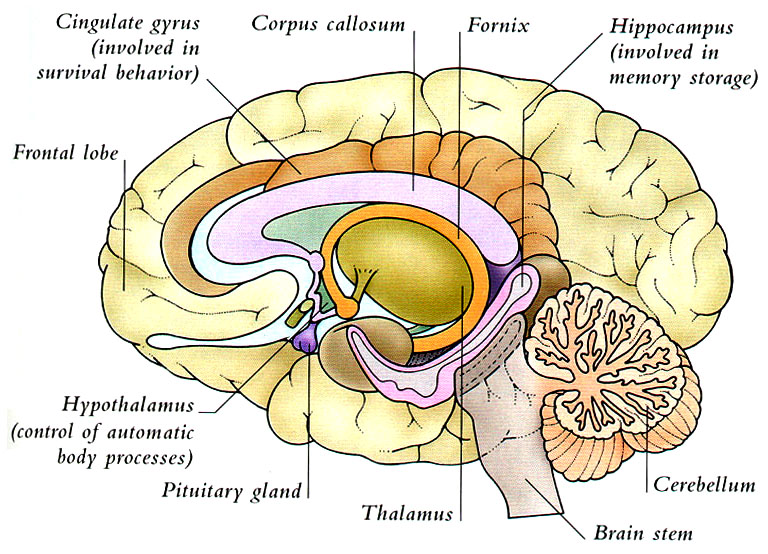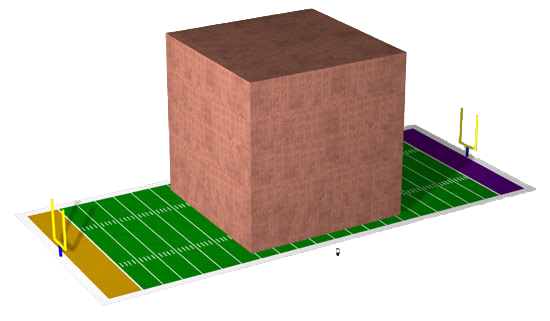The research psychologist B.F. Skinner proposed the idea of
Operant Conditioning - a multi artiste method by which organisms could be traied, or train themselves, to either engage in or cease a particular behavior. Many of us are familiar with the names of the independent variables in just such paradigms. Familiar terms may include
positive reinforcement,
negative reinforcement,
punishmentand
extinction.
As applied to the recovery and disease model of addiction, operant conditioning is the perfect construct to represent what we addicts have been doing, why we've kept doing it, and distinguishes the transition into sobriety o other factors.
Specifically:
Extinction: Occurs when a behavior (response) that had previously been reinforced is no longer effective. For example, a rat is first given food many times for lever presses. Then, in "extinction", no food is given. Typically the rat continues to press more and more slowly and eventually stops, at which time lever pressing is said to be "extinguished."
As men and women in recovery, once we remove ourselves from the stimulus for long enough, the cravings and the behaviors decline reliably.
We got addicted in the first place through both positive and negative reinforcement. Consider these terms within the context of our early drug use:
Positive reinforcement (Reinforcement): Occurs when a behavior (response) is followed by a stimulus that is appetitive or rewarding, increasing the frequency of that behavior. In the Skinner box experiment, a stimulus such as food or a sugar solution can be delivered when the rat engages in a target behavior, such as pressing a lever. This procedure is usually called simply reinforcement.
Additionally, we must consider the seldom-recognized role of
Negative reinforcement (Escape): Occurs when a behavior (response) is followed by the removal of an aversive stimulus, thereby increasing that behavior's frequency. In the Skinner box experiment, negative reinforcement can be a loud noise continuously sounding inside the rat's cage until it engages in the target behavior, such as pressing a lever, upon which the loud noise is removed.
...wherein I would suggest the likelihood that negative reinforcement is equally as compelling as is positive reinforcement.
Programs that exploit punishment tend not to achieve high success rates.
Positive punishment (Punishment) (also called "Punishment by contingent stimulation"): Occurs when a behavior (response) is followed by a stimulus, such as introducing a shock or loud noise, resulting in a decrease in that behavior. Positive punishment is sometimes a confusing term, as it denotes the "addition" of a stimulus or increase in the intensity of a stimulus that is aversive (such as spanking or an electric shock). This procedure is usually called simply punishment.
Negative punishment (Penalty) (also called "Punishment by contingent withdrawal"): Occurs when a behavior (response) is followed by the removal of a stimulus, such as taking away a child's toy following an undesired behavior, resulting in a decrease in that behavior.
Think of the former as drinking on Antabuse and getting immensely ill, whereas the latter is akin yo being grounded when your parents smell pot smoke.
Factors a That Alter a The Effectiveness of Consequences
Here are the basic four:
1. Satiation/Deprivation: The effectiveness of a consequence will be reduced if the individual's "appetite" for that source of stimulation has been satisfied. Inversely, the effectiveness of a consequence will increase as the individual becomes deprived of that stimulus. If someone is not hungry, food will not be an effective reinforcer for behavior. Satiation is generally only a potential problem with primary reinforcers, those that do not need to be learned such as food and water.
2. Immediacy: After a response, how immediately a consequence is then felt determines the effectiveness of the consequence. More immediate feedback will be more effective than less immediate feedback. If someone's license plate is caught by a traffic camera for speeding and they receive a speeding ticket in the mail a week later, this consequence will not be very effective against speeding. But if someone is speeding and is caught in the act by an officer who pulls them over, then their speeding behavior is more likely to be affected.
3. Contingency: If a consequence does not contingently (reliably, or consistently) follow the target response, its effectiveness upon the response is reduced. But if a consequence follows the response consistently after successive instances, its ability to modify the response is increased. The schedule of reinforcement, when consistent, leads to faster learning. When the schedule is variable the learning is slower. Extinction is more difficult when learning occurs during intermittent reinforcement and more easily extinguished when learning occurs during a highly consistent schedule.
4. Size: This is a "cost-benefit" determinant of whether a consequence will be effective. If the size, or amount, of the consequence is large enough to be worth the effort, the consequence will be more effective upon the behavior. An unusually large lottery jackpot, for example, might be enough to get someone to buy a one-dollar lottery ticket (or even buying multiple tickets). But if a lottery jackpot is small, the same person might not feel it to be worth the effort of driving out and finding a place to buy a ticket. In this example, it's also useful to note that "effort" is a punishing consequence. How these opposing expected consequences (reinforcing and punishing) balance out will determine whether the behavior is performed or not.
BUT let's focus on Immediacy and Contingency. Consider the following excerpt,
once more keeping in mind how this paradigm has a direct, measurable and statistically significant relationship to human chemical dependency:
"The Principles of Immediacy and Contingency exist for neurochemical reasons. When an organism experiences a reinforcing stimulus, dopamine pathways in the brain are activated. This network of pathways "releases a short pulse of dopamine onto many dendrites, thus broadcasting a rather global reinforcement signal to postsynaptic neurons." This results in the plasticity of these synapses allowing recently activated synapses to increase their sensitivity to efferent signals, hence increasing the probability of occurrence for the recent responses preceding the reinforcement. These responses are, statistically, the most likely to have been the behavior responsible for successfully achieving reinforcement. But when the application of reinforcement is either less immediate or less contingent (less consistent), the ability of dopamine to act upon the appropriate synapses is reduced."
For those inclined to delve deeper, we continue...
"The first scientific studies identifying neurons that responded in ways that suggested they encode for conditioned stimuli came from work by Mahlon deLong and by R.T. Richardson. They showed that nucleus basalis neurons, which release acetylcholine broadly throughout the cerebral cortex, are activated shortly after a conditioned stimulus, or after a primary reward if no conditioned stimulus exists. These neurons are equally active for positive and negative reinforcers, and have been demonstrated to cause plasticity in many cortical regions. Evidence also exists that dopamine is activated at similar times. There is considerable evidence that dopamine participates in both reinforcement and aversive learning. Dopamine pathways project much more densely onto frontal cortex regions. Cholinergic projections, in contrast, are dense even in the posterior cortical regions like the primary visual cortex. A study of patients with Parkinson's disease, a condition attributed to the insufficient action of dopamine, further illustrates the role of dopamine in positive reinforcement. It showed that while off their medication, patients learned more readily with aversive consequences than with positive reinforcement. Patients who were on their medication showed the opposite to be the case, positive reinforcement proving to be the more effective form of learning when the action of dopamine is high."
Some food for thought.
It can be
really enlightening to uncover some of the unconscious and neurochemical explanations for our otherwise inexplicable decisions!
~ Vaya








